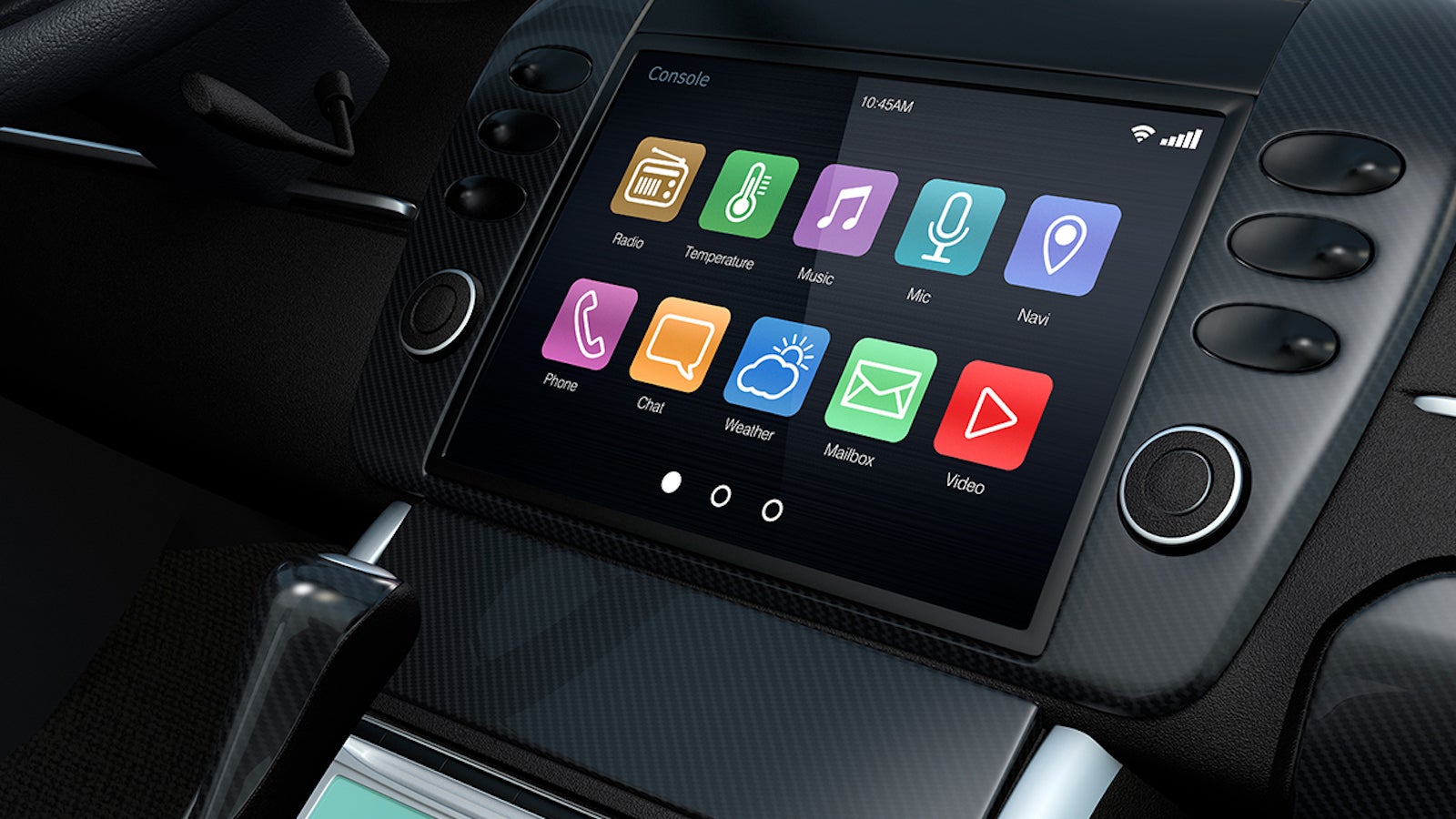Smart car technology is steering new investment opportunities
Recently, it seems that every day we see articles proclaiming the internal combustion engine is dead, or that worldwide demand for cars will sharply decline in the years to come. Lately, however, it feels as though the wider world is finally beginning to focus on a trend that we have been thinking about and investing in for the past three years.


Recently, it seems that every day we see articles proclaiming the internal combustion engine is dead, or that worldwide demand for cars will sharply decline in the years to come. Lately, however, it feels as though the wider world is finally beginning to focus on a trend that we have been thinking about and investing in for the past three years.
To be fair, we have the advantage of access to the management teams of the companies in which we invest. Through our discussions with them, we learn a tremendous amount about the direction of change across a wide range of industries and technologies.
The automobile and its usage are evolving rapidly, and it is certainly possible that demand for cars has already peaked in the developed world. So why then, are we investing in cars and car componentry at all?
There are two reasons.
The first is that fewer cars doesn’t mean no cars. In fact, fewer cars in the developed world, where 75% or more of households own them, does not mean fewer cars in the world overall when one includes the emerging markets, where automobile penetration rates are much, much lower. In our opinion, people will be riding from one place to another in cars for a long time to come. But those cars will be very different than they are now, even if they largely look the same. (Can you tell at a glance whether a car is electric, powered by an internal combustion engine, or is a hybrid? I certainly can’t.)
As cars continue to evolve, and newer models gradually replace the existing world fleet, companies that supply the technology these vehicles require should benefit from rising demand for that technology.
The second reason we’re investing in car technology is that the evolution of the automobile towards safer, smarter, more connected, and less polluting vehicles that consumers and regulators are demanding is having a significant effect on the components within the car.
Those components are becoming lighter, more integrated, and increasingly complex. Would you believe that a Boeing 787 has 14 million lines of code while the average high-end car has 100 million? These complex component systems contain more intellectual property than the ones they are replacing. This higher intellectual property content translates to greater differentiation between component systems and greater pricing power for the manufacturers that are developing and producing them. The more pricing power a company has over its products, the more interested we become as investors, provided we believe that power is sustainable.
Given this secular demand trend, and the nature of these products, we believe that it is.

This article was produced by OppenheimerFunds and not by the Quartz editorial staff.
Foreign investments may be volatile and involve additional expenses and special risks including currency fluctuations, foreign taxes and political and economic uncertainties. Investments in securities of growth companies may be volatile.
These views represent the opinions of OppenheimerFunds, Inc. and are not intended as investment advice or to predict or depict the performance of any investment. These views are as of the publication date, and are subject to change based on subsequent developments.
Carefully consider fund investment objectives, risks, charges and expenses. Visit oppenheimerfunds.com or call your advisor for a prospectus with this and other fund information. Read it carefully before investing.